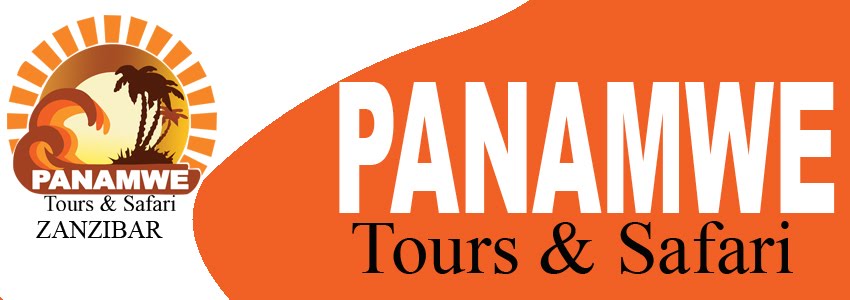International scientists and researchers of the origin of man are set to meet in Tanzania’s capital city of Dar es Salaam early August to discuss and review scientific findings of the history of the first human being.
Hosted by the East African Association for Paleoanthropology and Paleontology (EAAPP), the four-day scientific conference is expected to attract scientists and historians to sit together and review their work on the discovery of early man in East Africa.
Sources from EAAPP offices in Tanzania and Kenya said the researchers will hold their fifth biannual conference in Dar es Salaam from 3rd to 6th August.
EAAPP is currently commemorating the height of the 50th anniversary of the milestone discovery of the remains of early man on earth and which the specimens are preserved at the National Museum of Tanzania and the Olduvai Museum in Ngorongoro Conservation Area in northern Tanzania.
Named “Zinjanthropus” or Homo habilis (OH7), the discovery of this humanoid skull with huge teeth allowed scientists to date the beginnings of mankind between two and 3.5 million years ago, and to verify that human evolution began not in Asia, as previously thought, but in Africa.
The milestone discovery of the remains of early man on earth was made by the famous British archeologist, Dr. Louis and his wife Mary, at Olduvai Gorge inside the Ngorongoro Conservation Area in 1959 after years of archaeological research and excavation.
EAAPP conference will bring East Africans, international researchers and cultural heritage managers together in a forum to share current research findings and knowledge on the status of human origins fifty years after the discovery of Zinjathropus (Homo habilis) at Olduvai Gorge, Tanzania.
This forum will also provide unique opportunity of discussions among scientists, curators and experts on pre-history to review their research development, conservation, and curatorial management.
Excavation sites in Tanzania and Kenya are part of tourist attractive sites where tourists across the world visit to learn about the early man and pre-historic discoveries.
Among famous archaeological sites and which pull tourists to visit in Tanzania are the Olduvai Gorge and Laetoli Footprint site in Tanzania’s northern, premier wildlife rich Ngorongoro Conservation Area.
Known as the “The Cradle of Mankind”, Olduvai Gorge has opened doors for extensive paleoanthropological and paleontological researches in Africa’s Great Lakes Region, made up of Tanzania, Kenya, Uganda, Rwanda, Burundi and the Democratic Republic of Congo (DRC).
Early human excavation sites have been pulling visitors to East Africa, including researchers and students.



